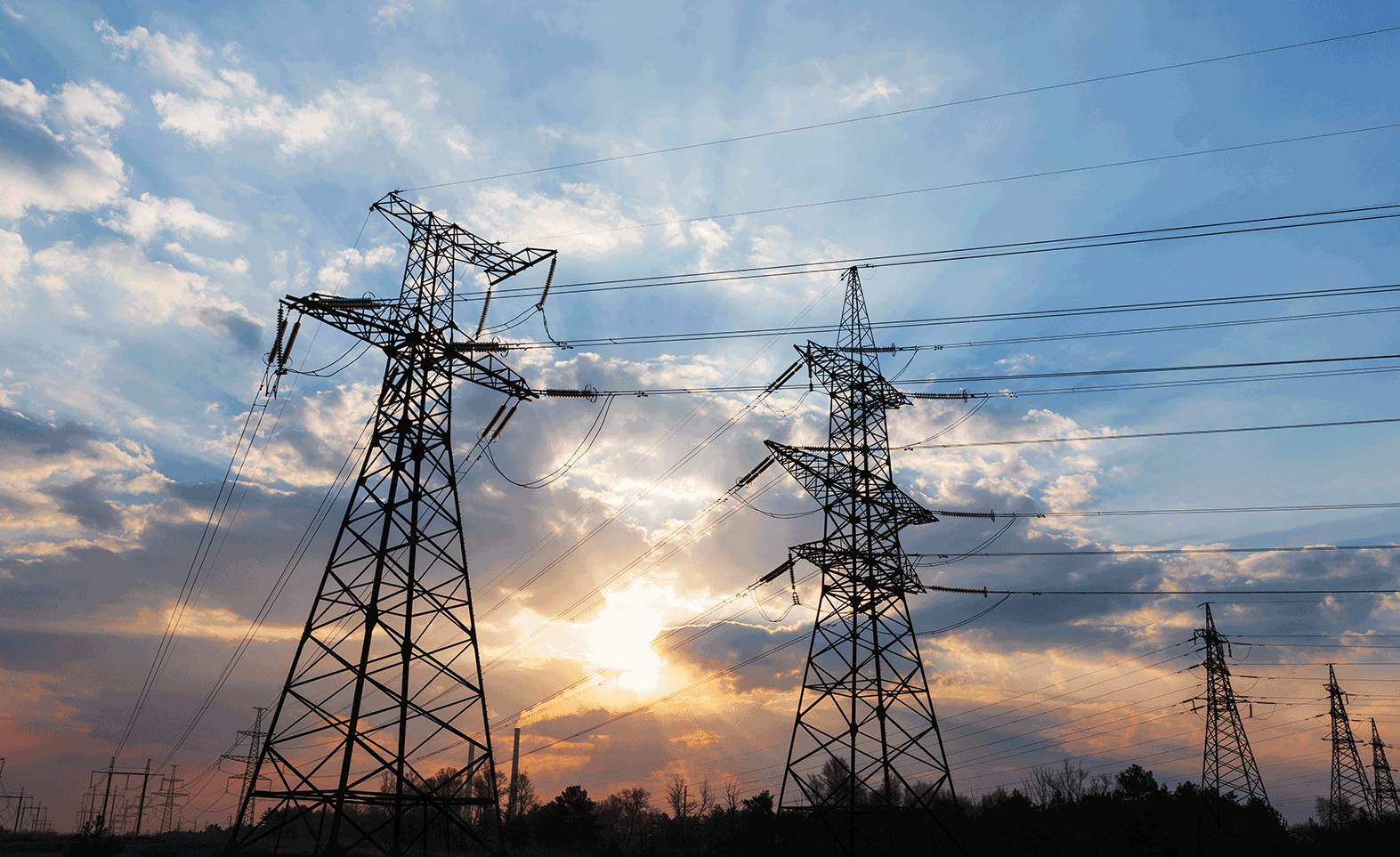
April 12, 2021
The platform will help stakeholders tap into India’s renewable energy and sustainable energy potential.
The Renewable Energy sub-sector requires data on biofuel and biomass production and data on solar and wind energy production.
The Electricity sub-sector has the potential to disclose energy data in one, integrated source and share data on import dependency.
Block-wise coal production, coal washery efficiency, and the quality of coal inputs in consumption industries are required.

The Niti Aayog today announced the launch of the India Energy Dashboards (IED) Version 2.0, an exhaustive online platform to address gaps in data on various aspects of the Energy Sector in India. The portal will exhibit data from FY2005-06 to FY2019-20 and give all stakeholders concerned actionable insights and relevant updates so as to enhance the decision-making process. Rajiv Kumar, Vice Chairman at the Niti Aayog commented on the development “With the rise of renewables and many other new energy technologies, the interplays between energy supply and demand sectors are now becoming increasingly critical.”
The ’Data gaps in India’s energy sector’ report submitted to the Indo-US Sustainable Growth Working Group identifies the multiple gaps in data across multiple sub-sectors within the Energy Sector. With regard to Renewable Energy, data pertaining to biofuel and biomass production, supply and use, regulations pertaining to solar and wind energy generation as well as data on the sources of renewable energy generated on a monthly basis. The electricity sub-sector is one with the potential to share data in one unified source given the disclosures made under multiple initiatives including the Restructured Accelerated Power Development and Reforms Programme (R-APDRP). Consumers could also stand to benefit by accessing data pertaining to power outages and voltage in order to assess efficiency.
From the point of view of Atmanirbharta, it would be imperative to assess the quantum of coal and fossil fuel production as against import of the same. Furthermore, sharing data on the hydroelectricity demand in each State especially the Northeastern States as well as data on the environmental impact of hydel projects can significantly aid decision-making on the part of suppliers. With regard to coal reserves in India, data is required on block-wise production, the quantum of energy required in the extraction process, quality of coal washeries, quality of coal inputs across consumption industries as well as the type of instrumentation required in enhancing coal production. Granularity in the providing of data can give multiple stakeholders reliable and actionable information on the sector at large. This quality of data can lead to more strategic and improved decision-making in order to further Atmanirbharta in the energy sector in India.